iBasso DX180 HIFI Music Player DAP – Enlightenment Across The Midrange
iBasso DX180 is a $529 USD DAP Digital Audio Player with 4 CS43131 DAC chips, Snapdragon 665 SoC, Android 13 Operating System, and Dedicated USB DAC function. With a high driving power from the 4.4mm balanced headphone output, and low noise from the 3.5mm single ended output, DX180 is the focus of our review today, and we will also compare it to other high-quality DAPs, including Hiby R6 III (499 USD), Shanling M3 Ultra (469 USD), TempoTec V6 (399 USD), and iBasso DX170 (449 USD).
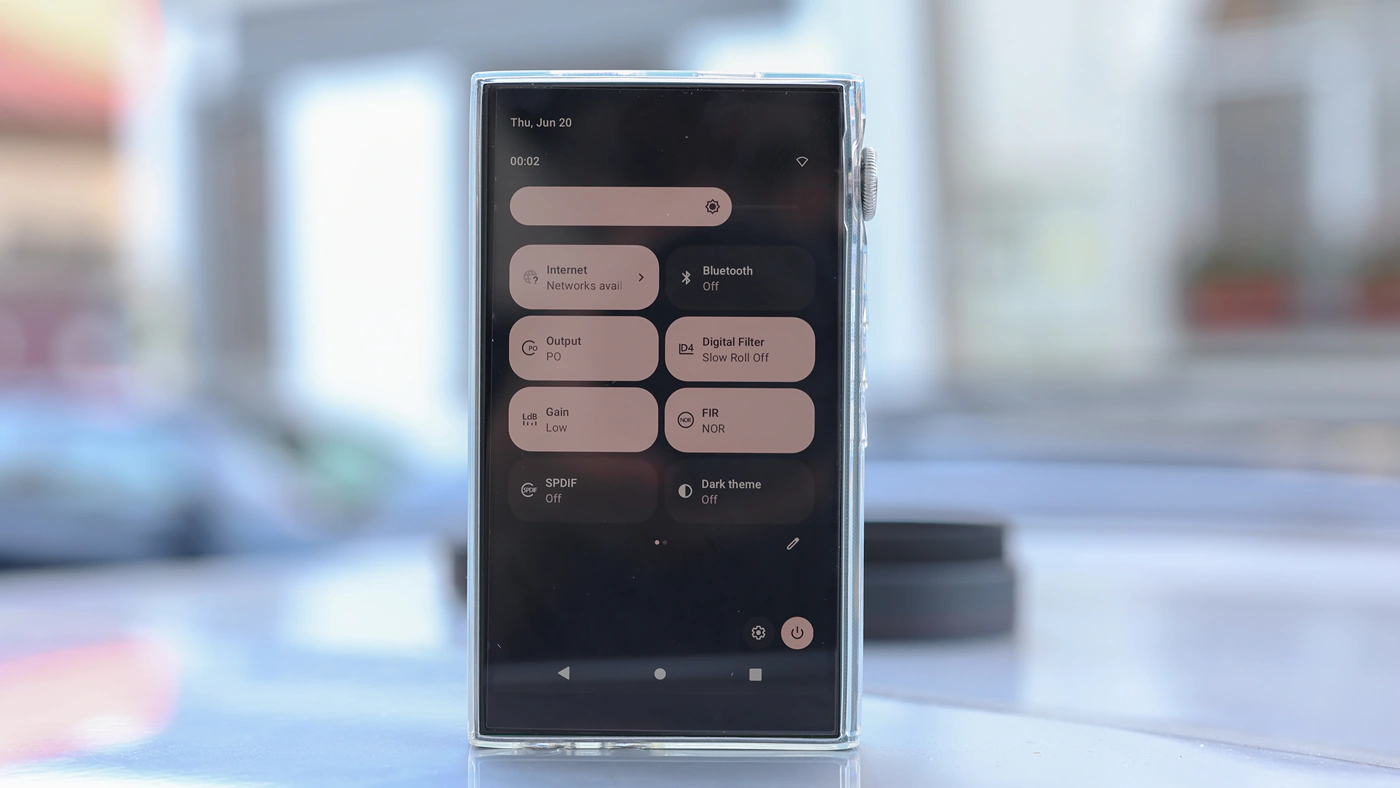
Introduction
iBasso had had the most success with their high-end flagship DAPs, including dX320 MAX Ti and DX240, and D16 is now quickly becoming the most used DAC/AMP at a global level, but the company is dedicated to providing an excellent listening experience to those on a tighter budget too, so today we review the midrange priced DAP with a high-end flagship performance from iBasso, the DX180. This is a direct update / upgrade from the DX170, DX160 and the DX150 all of which came before it. With each generation, iBasso improved on the sonic performance, build quality, usability of their DAPs, and as we will explore, they have kep their fully serviceable design intact, so in this world of smartphones that are good for trash after two years, iBasso strives to offer DAPs with removable back covers and for which you can replace the battery with ease. As discrete components can easily survive over 20 years of usage, allowing us to replace the battery means creating a DAP that can survive a lifetime. As an Amazon Influencer, I earn from qualifying purchases, and using the purchase links in my reviews helps me maintain this website and Youtube Channel. Huge Thanks to iBasso for providing the sample for this review, in exchange for my honest opinion.
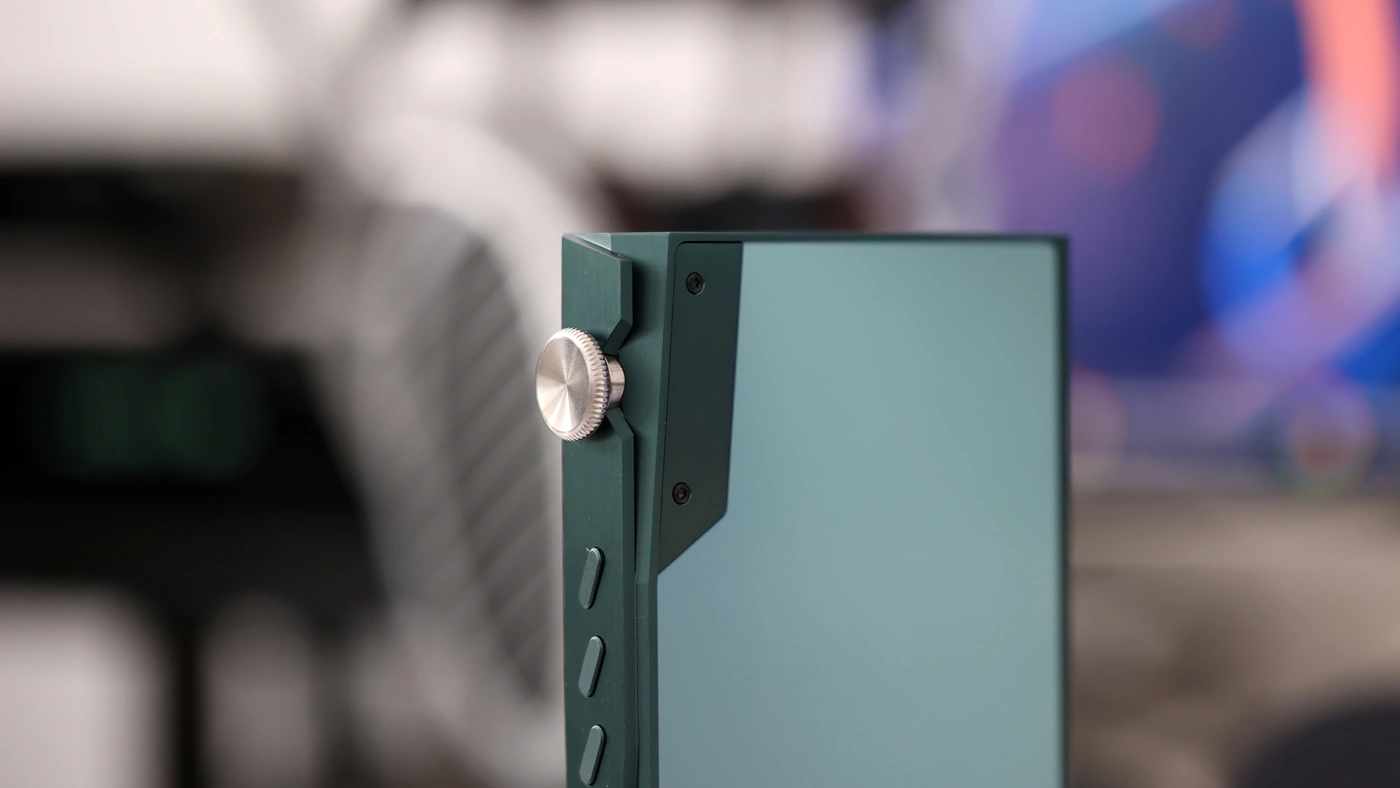
PROs – Super reliability, and excellent price / performance ratio. It is fully serviceable, comes with an excellent battery life and the battery is user replaceable with no soldering. Build quality is great, screen is ultra bright at max brightness. Sound is natural, musical, fluid and has excellent driving power, plus no background noise. Mango Player works great, Parametric EQ, Graphic EQ, and can stream nicely from Tidal too, with full google store support. It is a dream DAP with no cons.
Cons – No cons, everything is top-notch and everything works perfectly.
Product Link
Amazon – https://amzn.to/4dM8q7N
Aliexpress – https://s.click.aliexpress.com/e/_DBLCs8J
Build Quality/Aesthetics
The first thing you notice about DX180 is that it is a beautiful DAP, it simply looks good, and especially the light blue color I have in for review is exceptionally beautiful, with emerald reflexions depending on how direct sunshine falls onto it. At a subjective level, the display is more than bright enough for perfect readability in full sunlight, and it can get extremely bright at max. The shape has edges and corners, and I would mainly keep it inside a transport / protection case to keep it safe, so it is an excellent thing it comes with a transparent case included in the package.
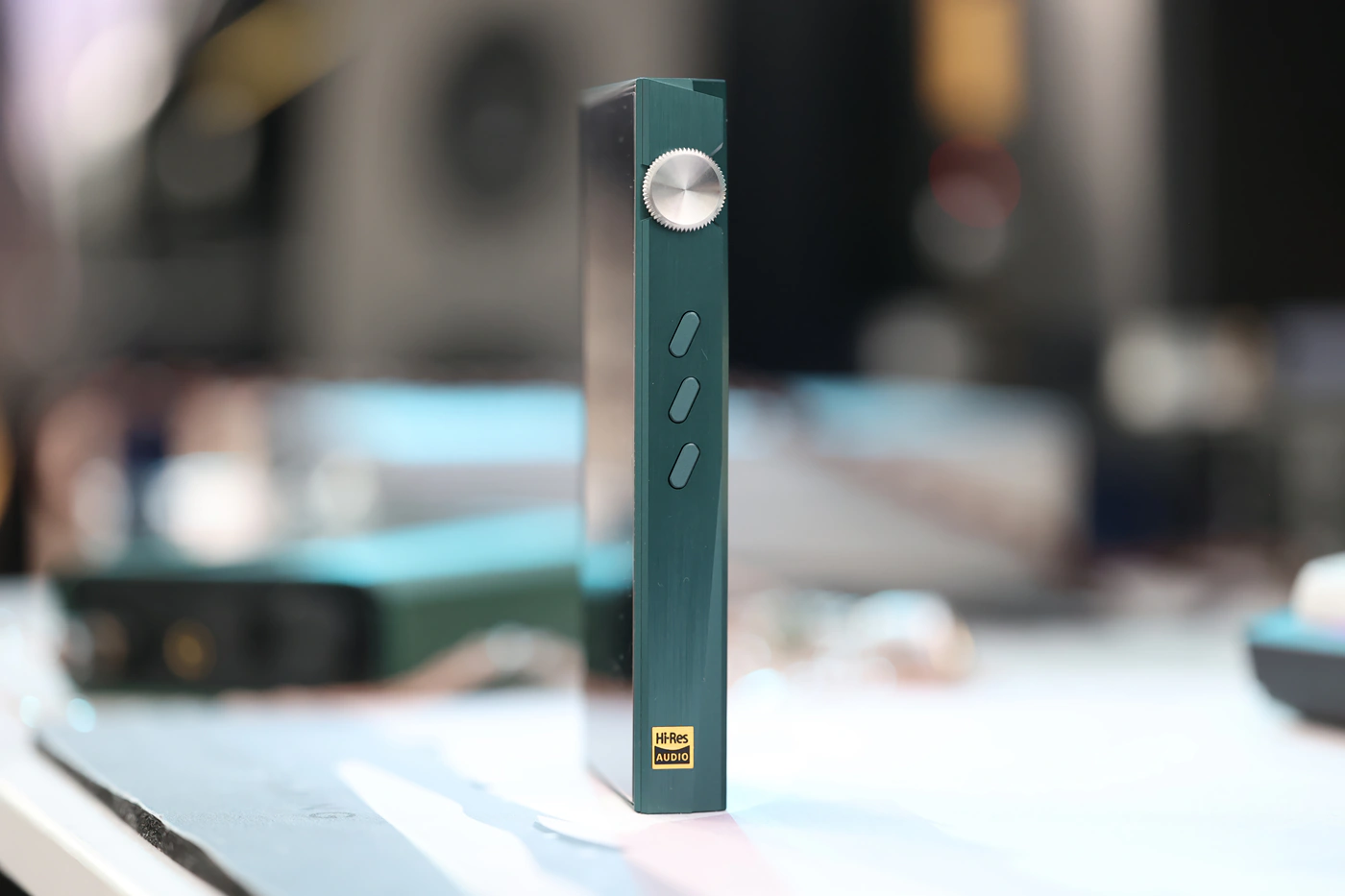
If you want to get a bit more technical, inside the DX180 we have 4 DACs, and those are full-level CS43131 DACs, similar to those found in KAEI TAP-1 PRO DACs, SMSL DO200 PRO, and iBasso DX170, although the new DX180 features double the number, as DX170 has a dual DAC , while DX180 has a quad DAC configuration. This configuration allows for exceptionally good technical numbers, including a measured Dynamic Range of 130 dB, and incredibly low THD+N of -115 dB. The same DAC matrix technology is used as we’ve seen with iBasso DX260, so the theoretical limit of Delta-Sigma DAC tech is exceeded.
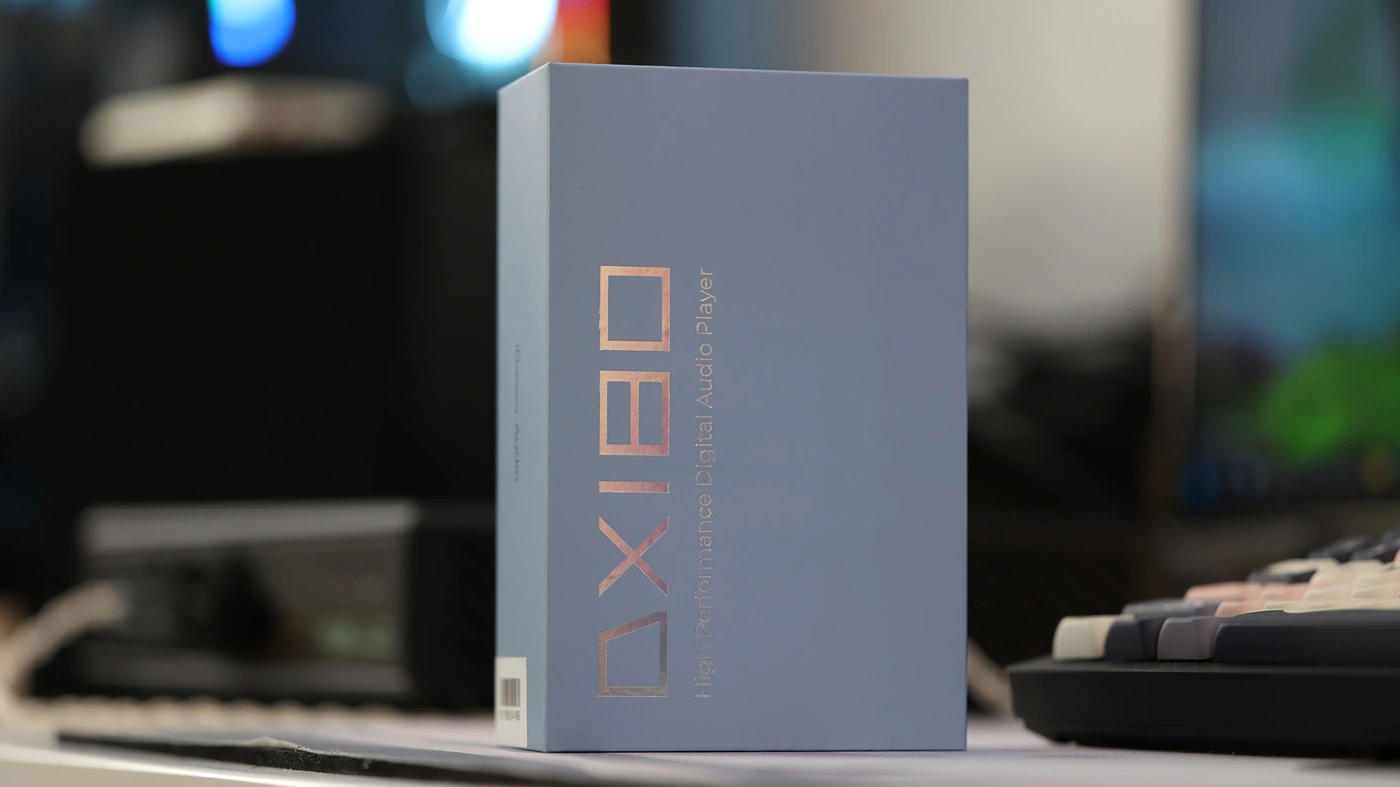
iBasso has also implemented their own FPGA-Master 2.0 which is the system audio controller, requesting data from the SoC, and playing a major role in the audio signal reproduction and keeping the signal integrity. This FPGA Master 2.0 will synchronize and generate all audio clocks using two NDK femtosecond oscillators to achieve a fully synchronized single clock source. It has a picosecond-level precise control and will adjust the DAC clock, data and construct the FIR Filter. This whole system will achieve a far greater performance than theoretically allowed by the CS43131 DAC setup using a Synchronous parallel output mode, reducing discrete distortion that typically arises when using multiple DAC and can be found between DACs, thus improving the overall performance.
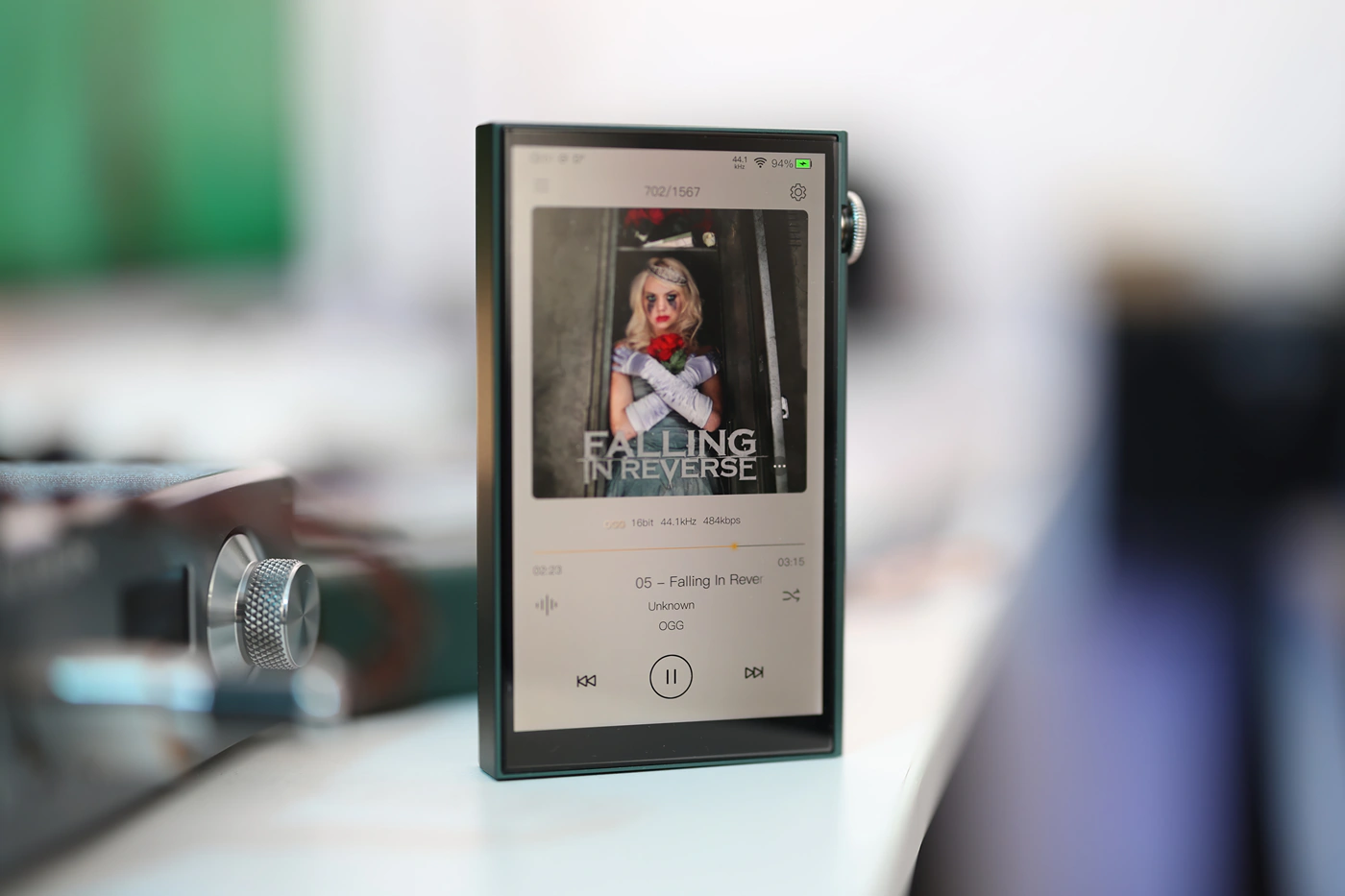
As the new FPGA Master 2.0 has picosecond level precise control, it can adjust the DAC clock, allowing for independent adjustments of each DAC data stream. Through a delay parallel of the DACs, the whole system becomes a hardware analog FIR Filter, which averages the differences between multiple DACs, reducing distortion and improving the perceived sonic quality, and the resolution of the sound. In fact, this whole setup has such good technical performance that DX180 is currently the 2nd Music player in the SNR or Signal To noise Ratio, having an 133 dB SNR, only to be surpassed by the iBasso DX260, and being quite a bit better than DX170 and the average of the market around the price point.
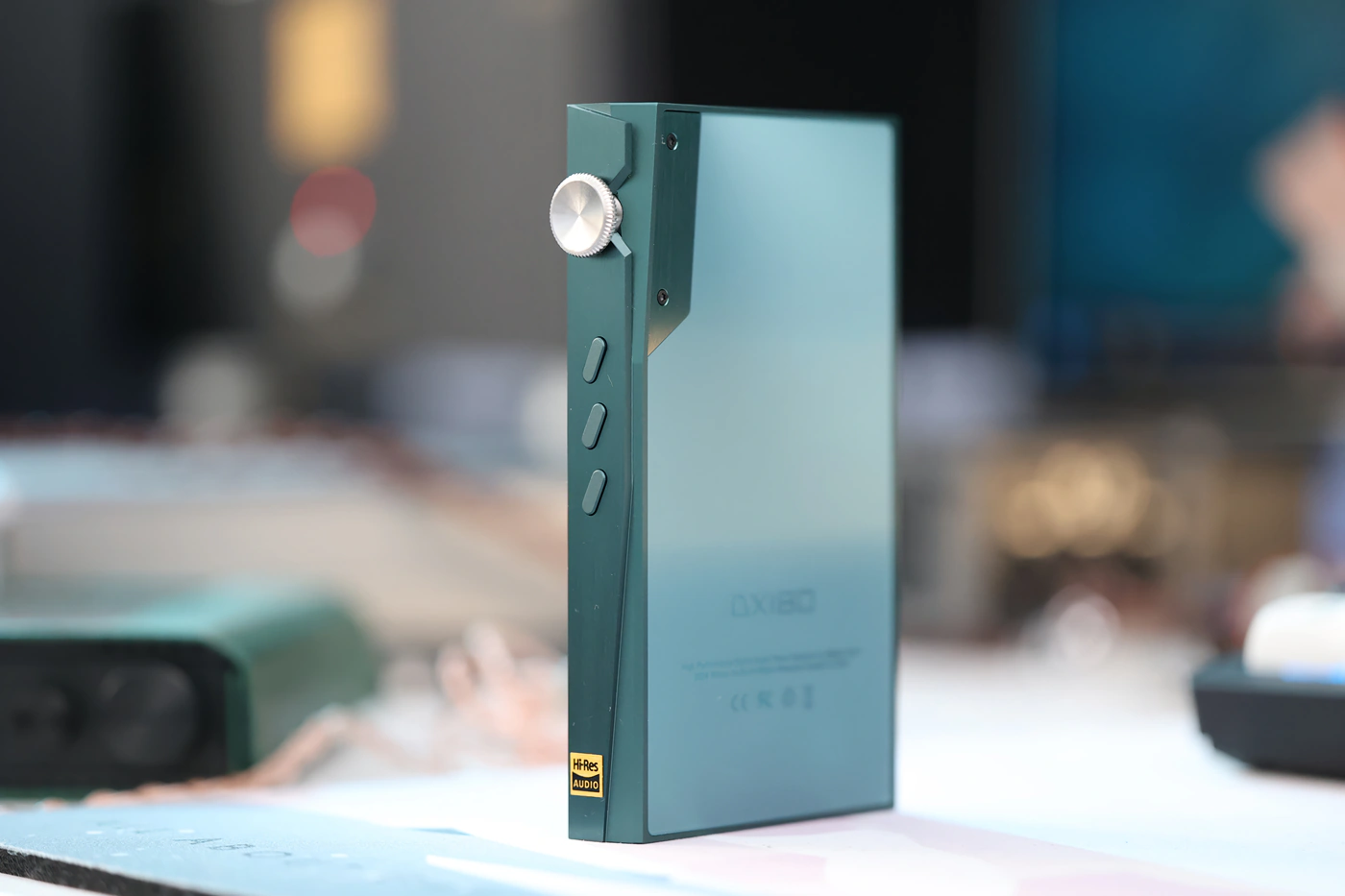
As I already wrote the sound part before exploring the “why”, it is a good moment to mention that you will hear zero background noise with IEMs, and a bit part of the reason is DX180 has a noise floor as low as 0.79 uV, and at the highest volume possible, using the balanced output, the noise floor barely reaches 1.1 uV. This result is significantly lower than most of the competition, resulting in a quiet-black background noise level. The maximum driving power is also super high, with a 690 mW per channel, for an impedance of 32 OHMs.

The charge / data port is USB 3.1, and DX180 is available in 3 colors, including Black, Deep Green or Aqua Blue. The battery physical size is not the largest, as we have a 3200 mAh 3.8V li-Polymer battery inside of the DX180, but it offers a long battery life and strong performance. This is all contained in a DAP 123mm x 75mm x 16mm in size, with a weight of 206 grams, quite a bit smaller but thicker than my Samsung S23 Ultra.
Battery
While most DAPs have about the same battery life, DX180 is compatible with PD 3.0 and QC 3.0 and as I was shocked to see that some Shanling DAPs cannot charge or be used with my standard wall charger, DX180 is compatible with everything and will charge from all sources just fine. We can reach up to 83% charge in 60 minutes, with a full charge taking exactly 84 minutes, from a 0% level. The improved power management allows you to get over 15 measured by me hours of battery life if using the balanced headphone output, and over 30 hours if using the line out.
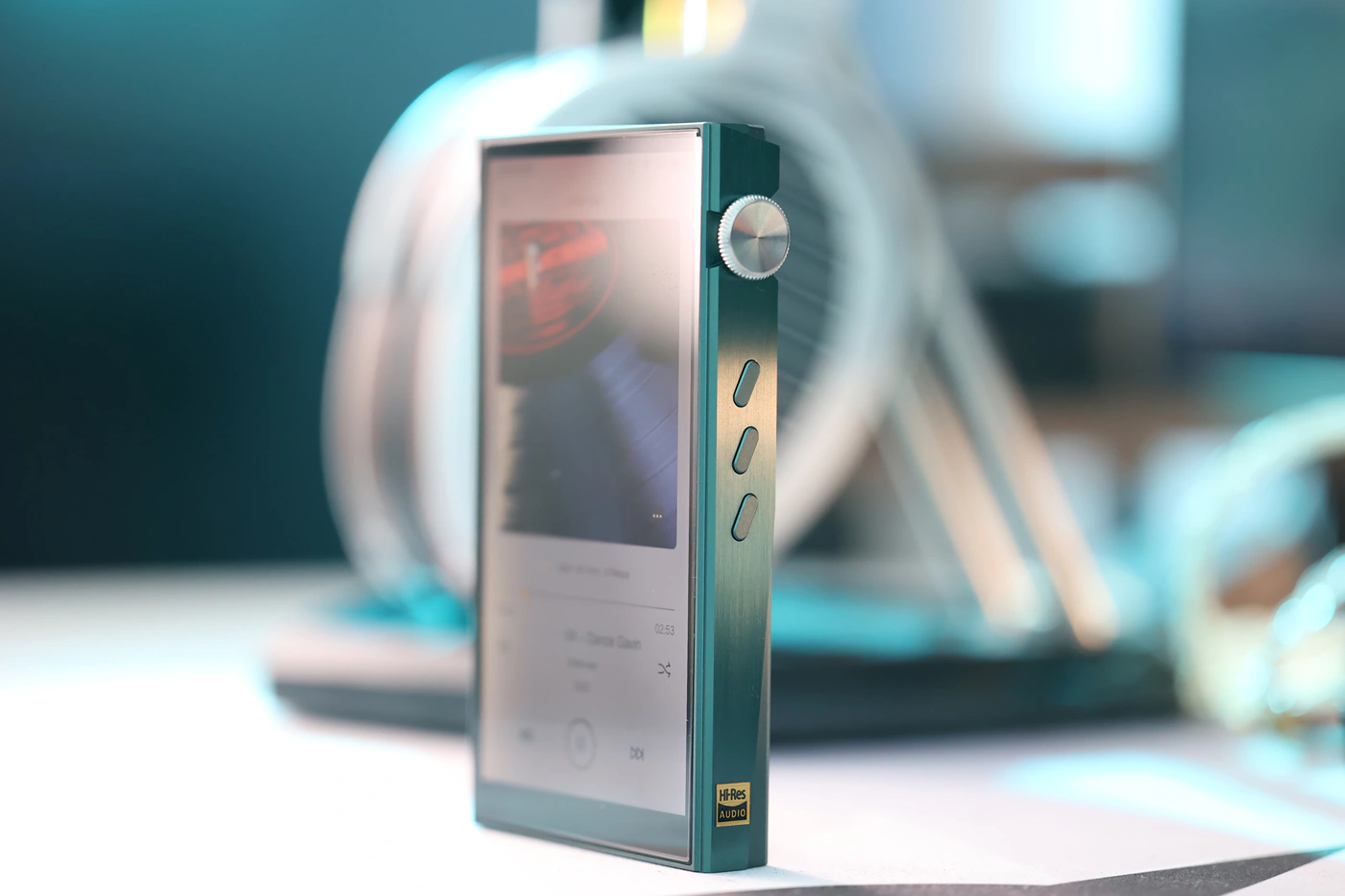
Also of ultimate importance for the battery life is the easily removable back cover, which allows you to replace the battery with just 3 minutes of easy work, doable by everyone. I am rather impressed with iBasso having implemented this in most of their DAPs, as I tend to recommend them more often than any other brand, being one of the key things that will keep those running for ages.
CPU / Software
With such excellent audio technical performance, iBasso decided to go all-in with DX180, so the DAP runs a Snapdragon 665 SoC, with an 8-Core architecture, being built on the advanced 11nm process. This results in better stability, quicker operation and better streaming than most of the alternatives / market. We also have a microSD slot that supports cards up to 2 TB, and as the software music player is the Mango App, you can rely on it to play music quickly, and manage playlists over 20.000 songs easily.
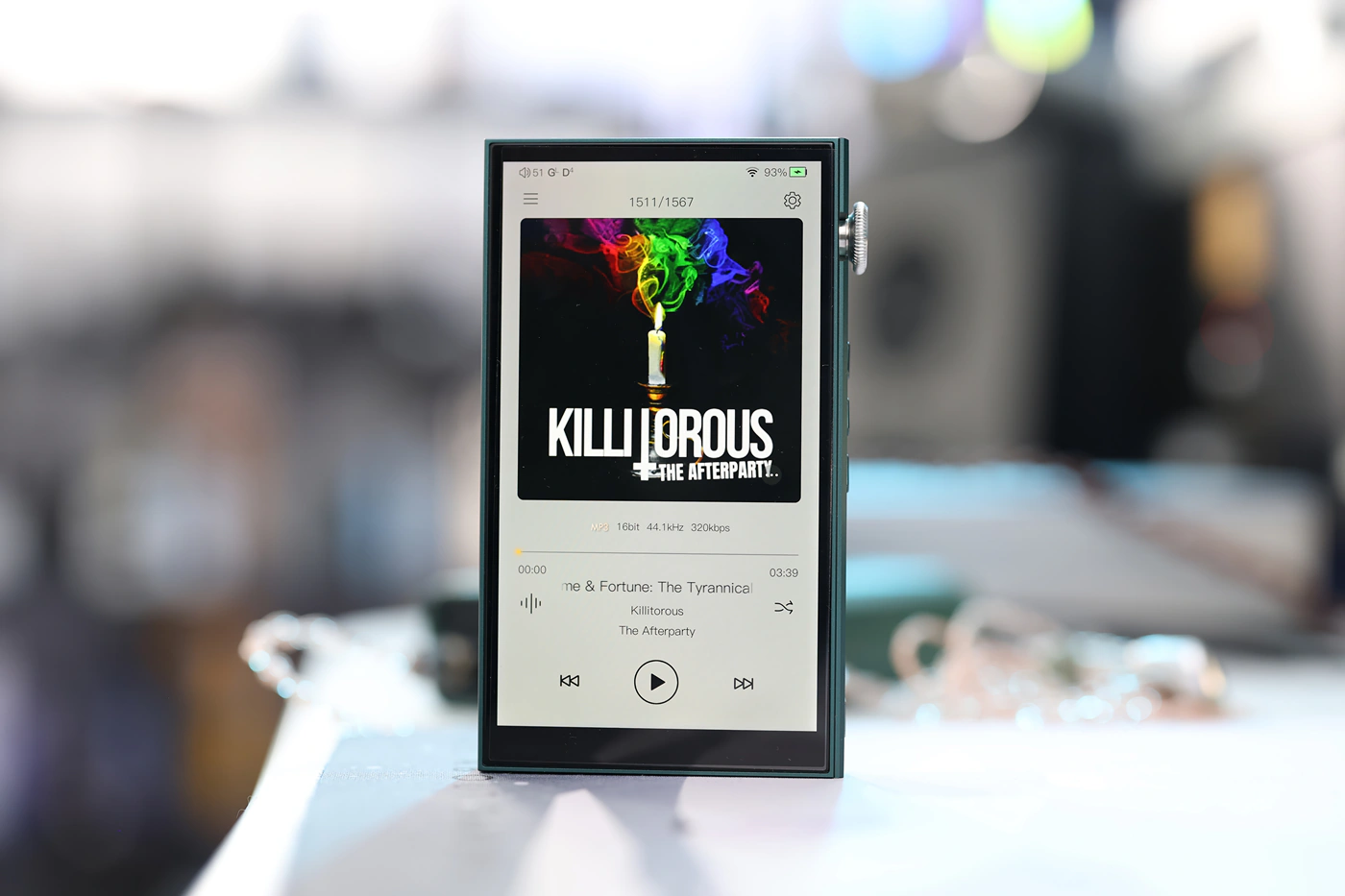
The Software is Android 13 with a System-Level Non-SRC implementation. This means you will be able to freely install any app, specially streaming apps, and enjoy a bypassed SRC and the system level, for both the Mango Player and third-party streaming apps. This is rather important as SRC resampling can heavily lower the quality if not system-level implemented. To show you the image, we have a Sharp display with a resolution of 1080p and a size of 5″, resulting in a crisp image where you cannot see the individual pixels. Even better, DX180 will have a slight red tint to the display allowing for no eye fatigue from its usage.
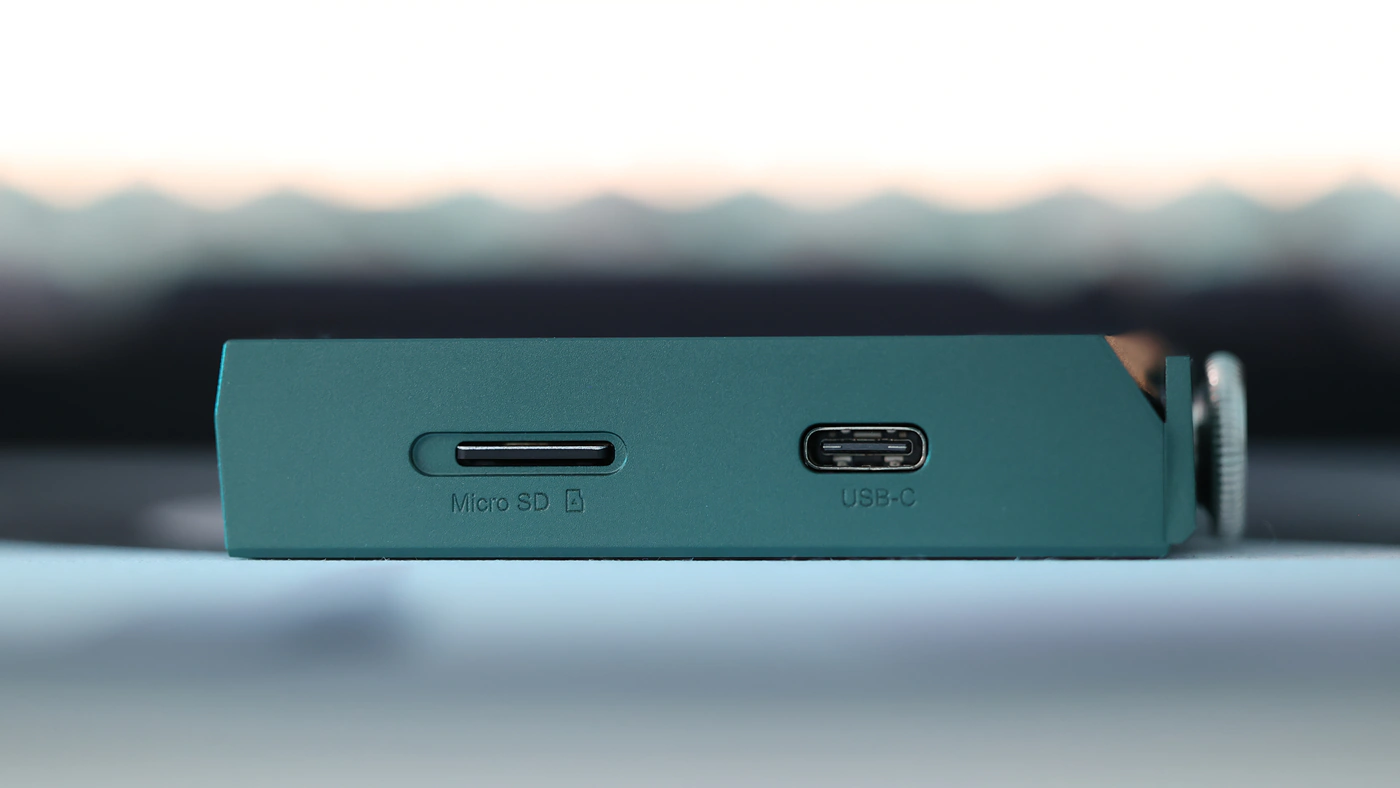
The list of formats supported by DX180 include Ape, Flac, Wav, WMA, AAC, Alac, Aiff, OGG, Mp3, DFF, DSF, DXD and DST. For streaming, we have Wifi 802.11 b/g/n/ac, with support for boh the 2.4 GHz and 5.0 GHz networks. I noticed excellent speed and a reliable signal strength for the Wifi network. Even better, the version I am reviewing runs the 4 GB of RAM with 128 GB of ROM, so the Tidal and Mango app run flawlessly, with no interruptions, no odd pause, everything is perfect.
USB DAC / Gaming
Most of the market today cannot support proper USB DAC function, especially now that Android DAPs are more and more common, so iBasso implemented something different with DX180, and we have a dedicated USB receiver function, with USB DAC mode with low latency and support for ASIO / WASAPI. During my tests, I detected no USB DAC delay, so regardless of what the actual number is, it is below 1 ms of content, which is not detectable, and I was able to enjoy music playback, playing video games and watching movies in real time. Even better, I noticed that DX180 works well with Adobe Premiere, Adobe Audition and all the other programs that typically cause problems with USB DACs.
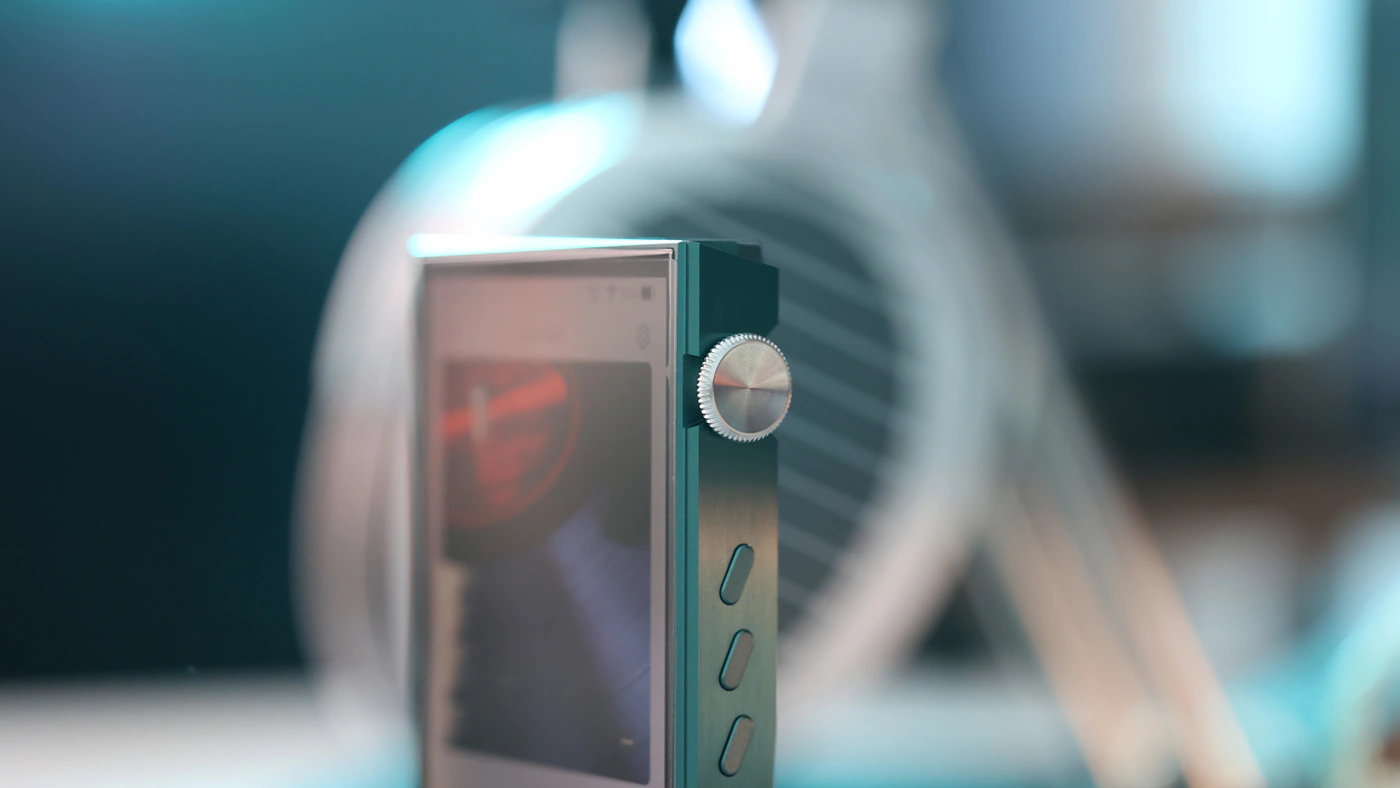
For gaming, the experience is rather excellent. I love the quick response of the DAP, so I can play fast-paced games, and I can also hear a superb sonic performance, strong details, wide soundstage and good placement of those instruments around the listener. I like knowing where each sound is coming from, and I am having a fun time with both shooters and visual novels and atmospheric games, slough DX180 tends to put you right into the action, having a high engagement factor thanks to its dynamic and punchy sound.
Sound Quality
Pairings and Match-up – To really test iBasso DX180 I had to grab all of the best Headphones and IEMs, including Campfire Bonneville, iBasso IT05, iBasso SR3, HIFIMAN Arya Organic, HIFIMAN Svanar, Soundz Avant, Sweear HE-Live5, Audeze MM-100, and I even went for some of the harder to drive headphones including HIFIMAN HE1000SE, and Sivga SV023. It was a big surprise for me to hear that DX180 has more than enough driving power for all the hard to drive headphones, but even more surprising, with HarmonicDyne Zeus Elite, the volume and control was plenty even at half volume, and with headroom to spare, I was able to apply EQ with all the headphones I tested DX180 with, without running into any kind of clipping or limitation. That max power is around 6 Vrms on high gain for the Balanced output, which is very good, and around 3Vrms for the Single Ended output, which is still good, but you will hear the difference in driving power when driving very hard to drive headphones, so use the balanced output for the best results.
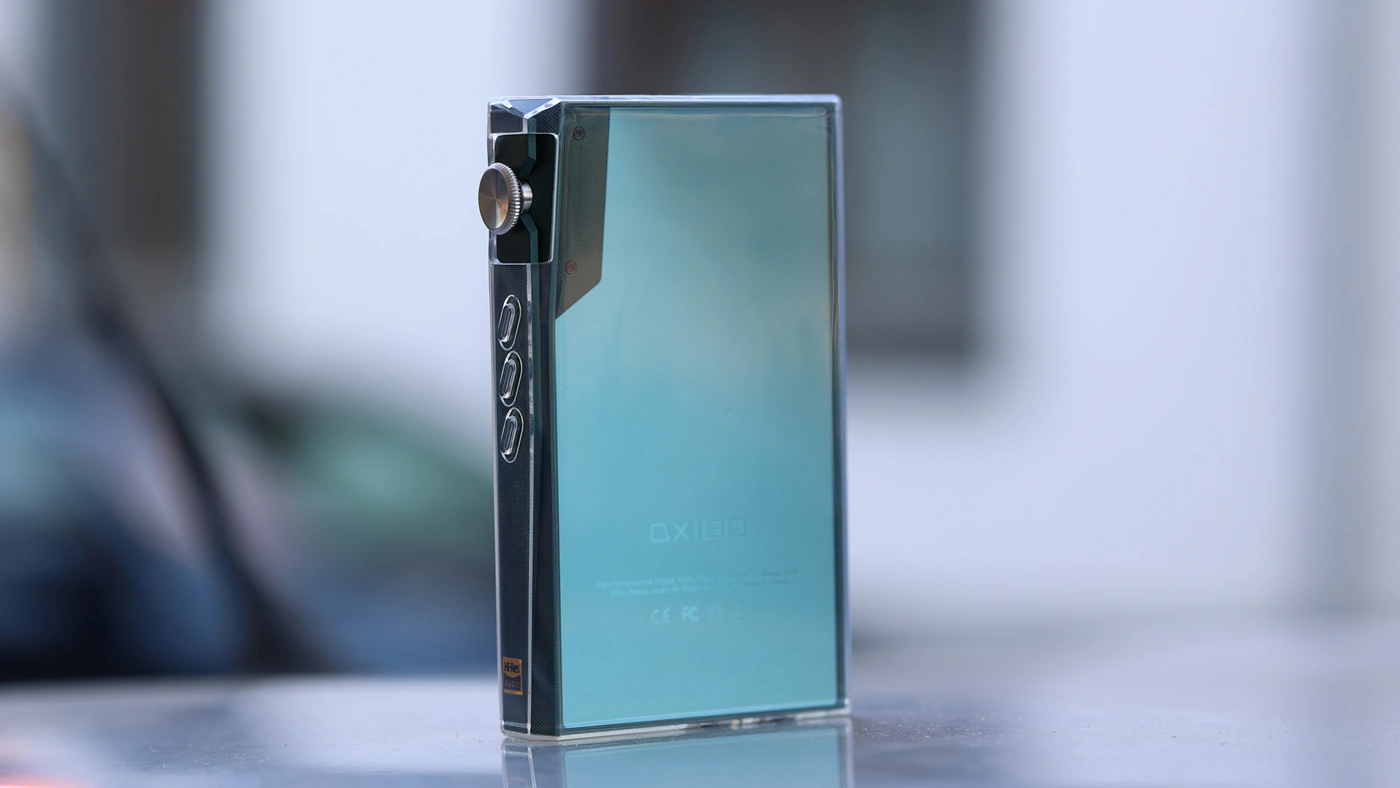
With IEMs, the experience is even better, not only the volume does not need pushing, but control is perfect regardless of the volume level, and the sound has zero noise even with the most sensitive of IEMs, including Campfire Bonneville, Spirit Torino Twin Pulse Beryllium and FIR Audio e12 Electron. With IEMs, I noticed no variation relative to the impedance, and this means that DX180 has perfect control and a low output impedance so the tonality and presentation will stay consistent across all IEMS regardless of their SPL and impedance. The output impedance for the balanced output, the one I’ve been using the most, is 1.1 OHM, but somehow I could not notice any kind of hissing or background noise, likely thanks to the ultra-low noise floor of <1.1uV on high gain. The crosstalk for the balanced output is -144 dB, which means a superb channel separation.
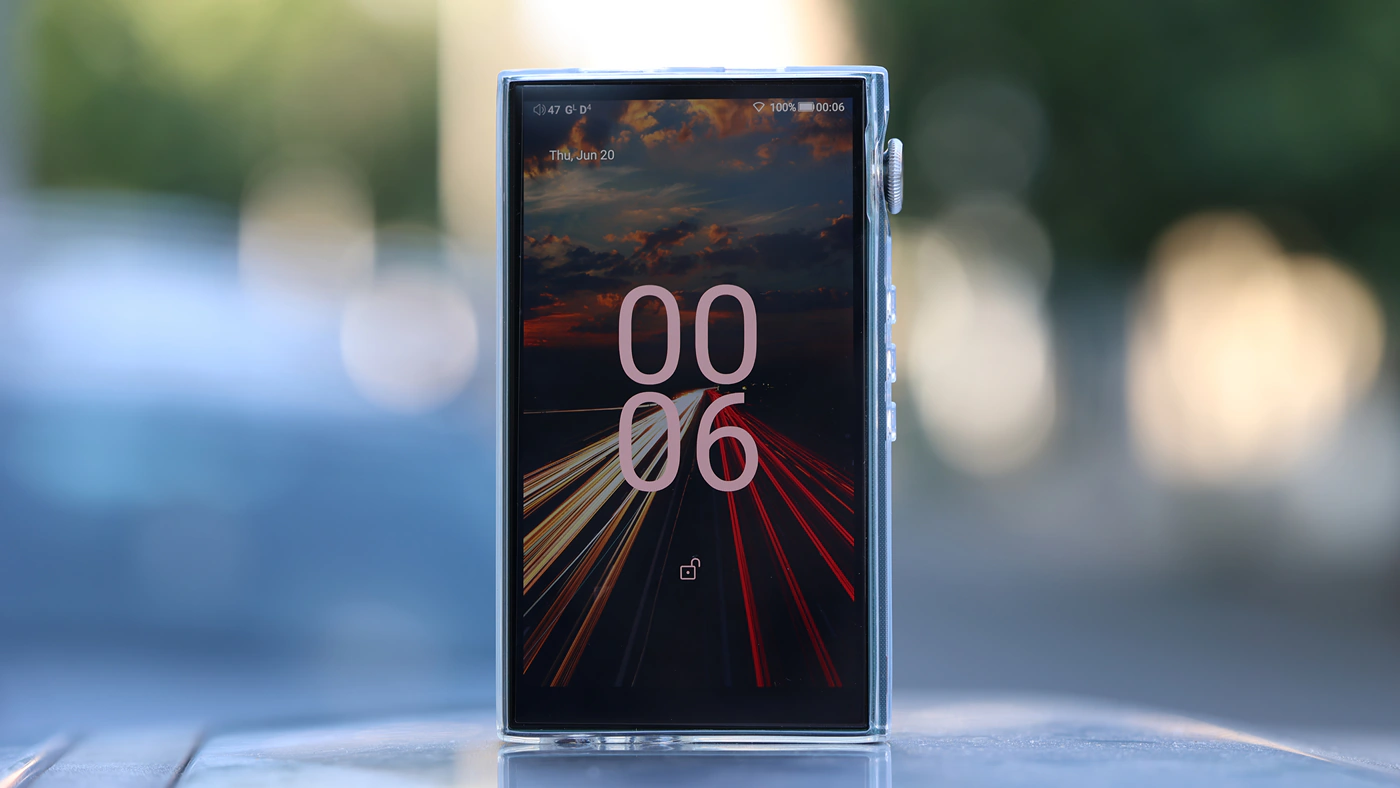
Overall Signature – iBasso always had a different tuning and approach to each of their DAP lines, and DX1XX has always been the more playful, warmer sounding line, but DX180 completes that tuning beautifully sounding organic, musical, with a full and deep bass, clear and vivid midrange, colorful and detailed sound, with a bright, sharp treble that extends up to the highest octaves, without any sign of roll-off or limits. Soundstage is generally well separated, natural in width and depth, with a strong focus on the imaging and stereo separation, and with a good sense of definition for each unique instrument. Impulse response is natural and even edgy square waves sound non-fatiguing, DX180 has a uniquely wet and musical sound, fluid and pleasing to the ear with zero distortion, basically taking some of the magical element we typically see with tube tech, removing the typical tube distortion, and then putting everything back together in an orderly, musically cohesive fashion. This is also one of the very few DAPs out there that show a big difference between the sonic filters, with the Slow Roll Off and NOS filters having a distinctively different sound than the others, and both equally pleasing, definition a DAP that can be fine tuned without using PEQ or GEQ.
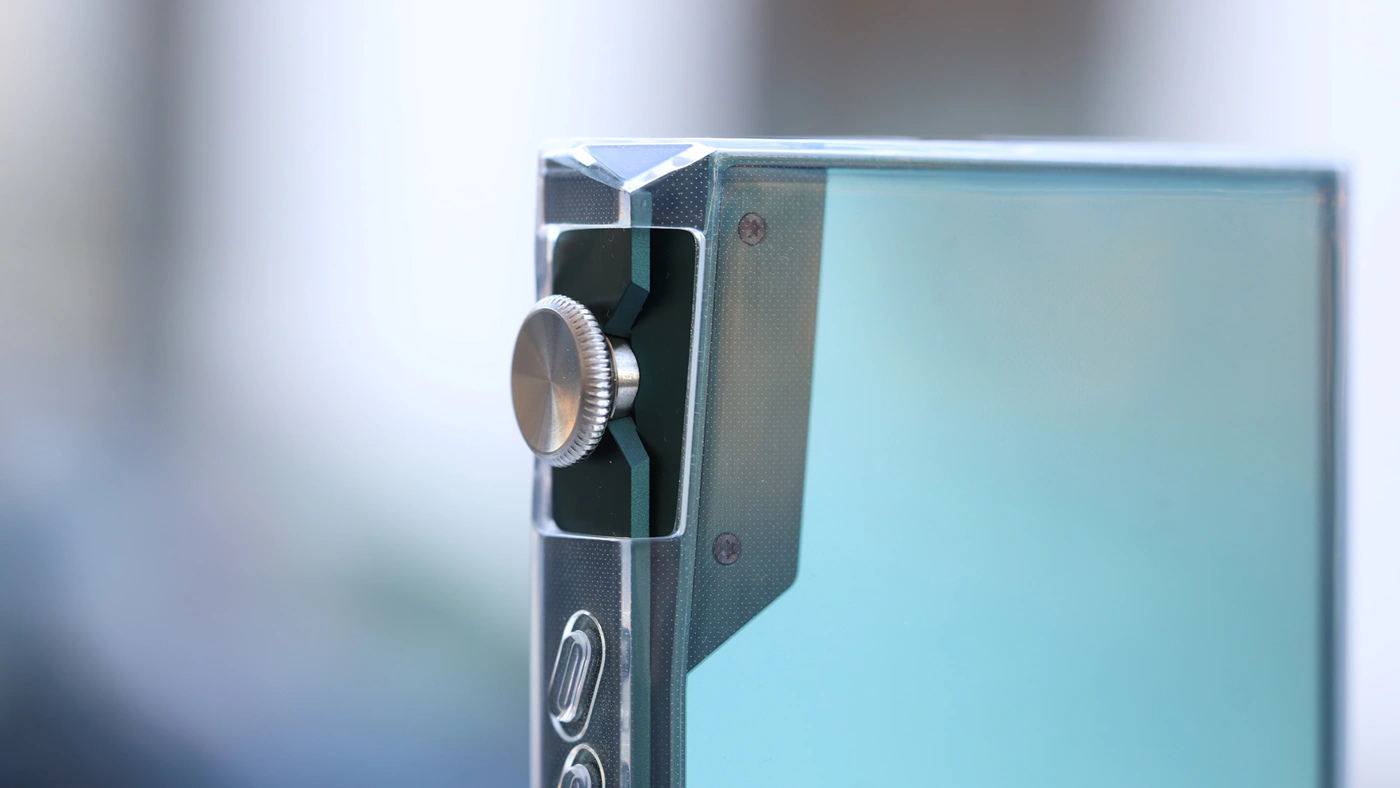
Bass – Bass is the fundament of music, and an essential part to presenting music with a strong presence, DX180 having ultra-deep bass, reaching 20 Hz perfectly well even with harder to drive headphones, and IEMs. Bass is rounded, full and natural-fast, so you can expect to hear detail and finer texture in bass without it ever being too textured or fatiguing. Bass is perfect both for EDM, Pop and Electronic – Commercial styles like Takanashi Kiara, HimeHina or even Zomboy, while Cabaret from bands like The Tiger Lillies sound deep, the fundamental double bass has the right amount of weight and presence in each song, DX180 has a deep and slightly warm sound, it doesn’t color the render of each song, but imbues each track with a strong kick, deep bass and a slight warmth in the midrange that brings musicality and keeps things fluid.
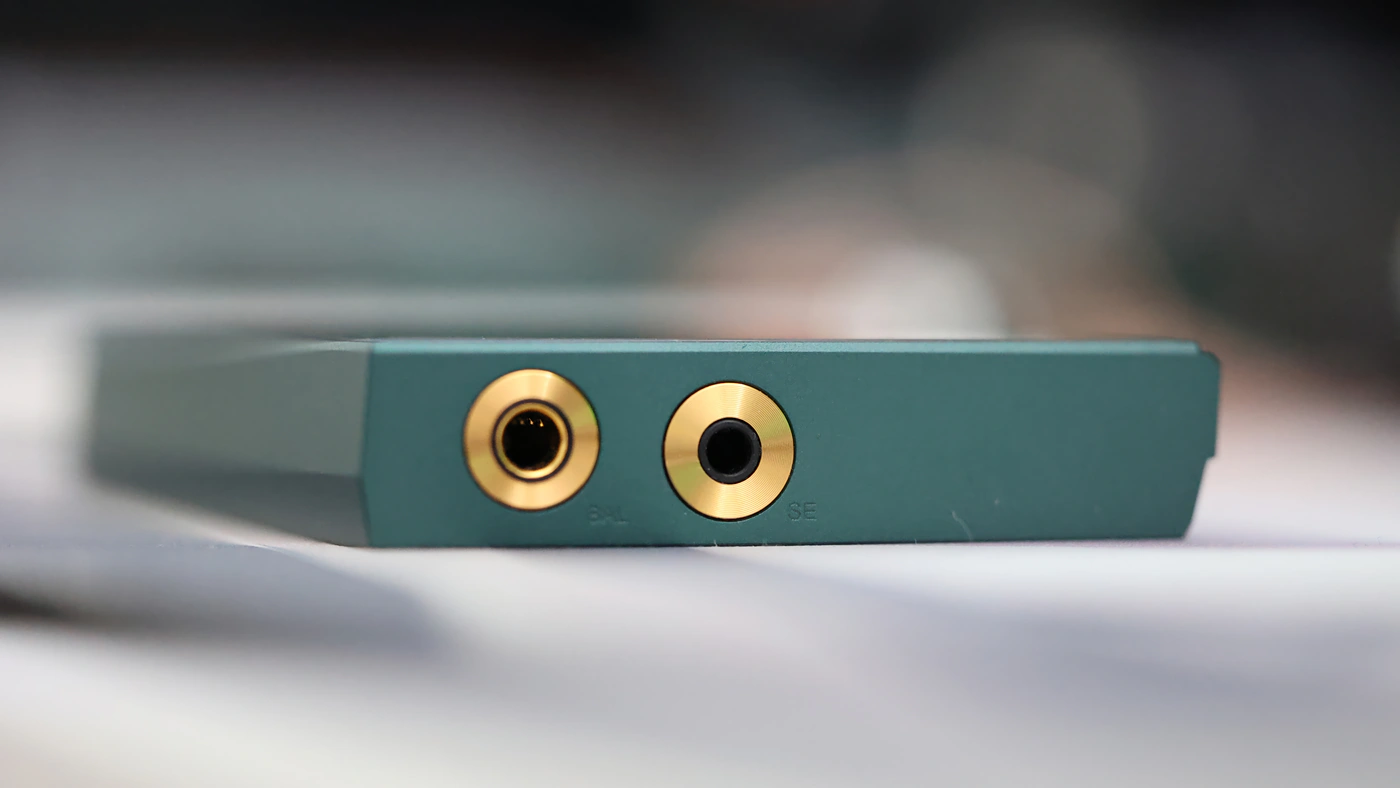
Midrange – The magic of DX180 is both in the strong bass but also in the vivid, colorful midrange that gives each instrument a unique identity and strong presence, definition and strong separation from the others. DX180 projects instruments within a natural space, each instrument sounds natural, voices have a perfectly natural timbre, while guitars sound juicy and vivid. I keep saying this, but having a wet character indicates that a source will always be fun and enjoyable with no fatiguing elements, and DX180 surely fits the bill here. Midrange is one of the sweetest and most musical I’ve heard in the range.
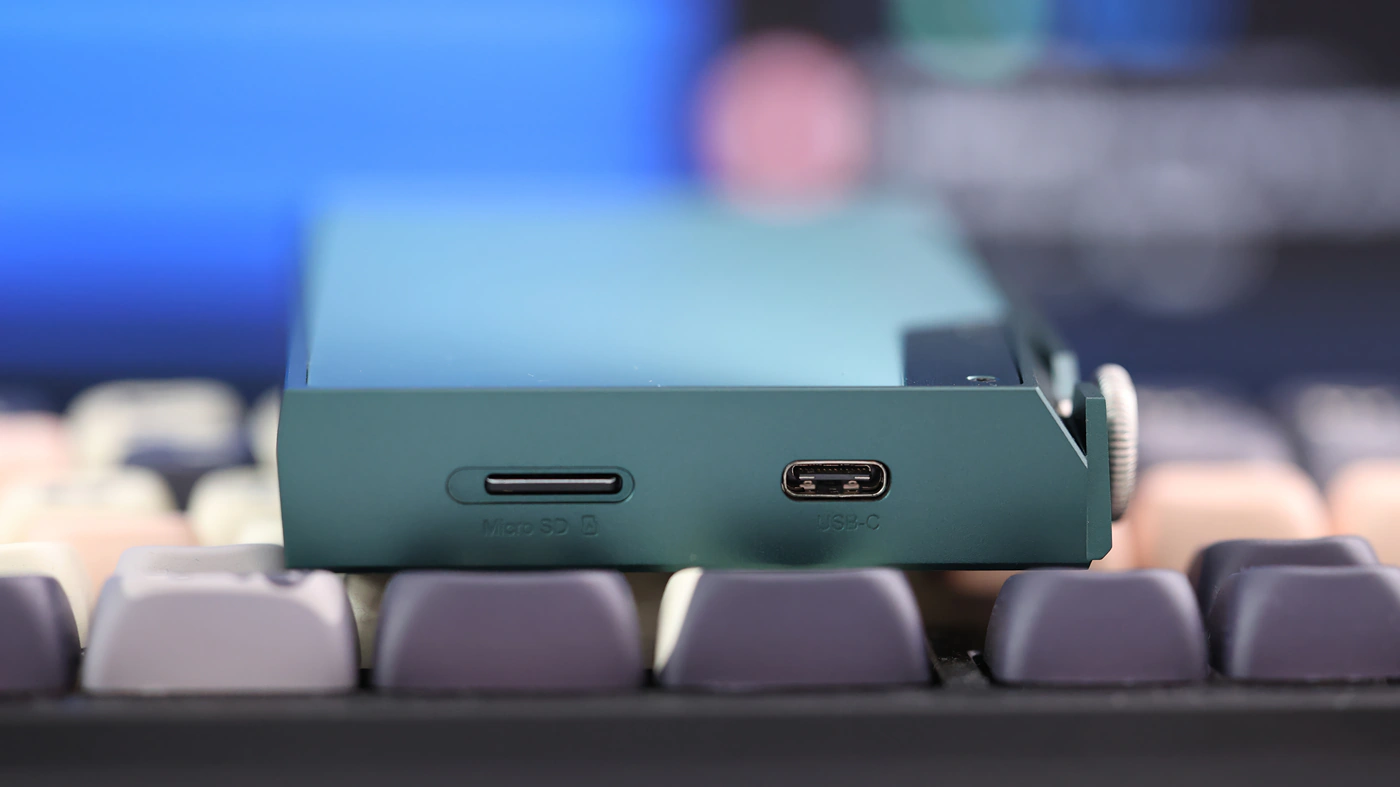
Treble – If you enjoy a silky, but present and extended treble, you will love DX180, as it can reveal everything there is in your music, but does a neat job at hiding the harder edges, and as it has a wet and smooth character, with a fluid presentation of transients, sound is ever so slightly relaxed allowing you to pump the volume, bring fun to your ears and heart. There’s a strong sense of resolution, contrast and the information is easily audible, DX180 revealing it to your ears, but it does not ever make it harsh or grainy, even harsh and crisp sounding bands like Sirenia, Infant Annihilator or Haggard will sound enjoyable and music, with the guitars in the mids being in focus rather than any fatiguing elements in the treble.
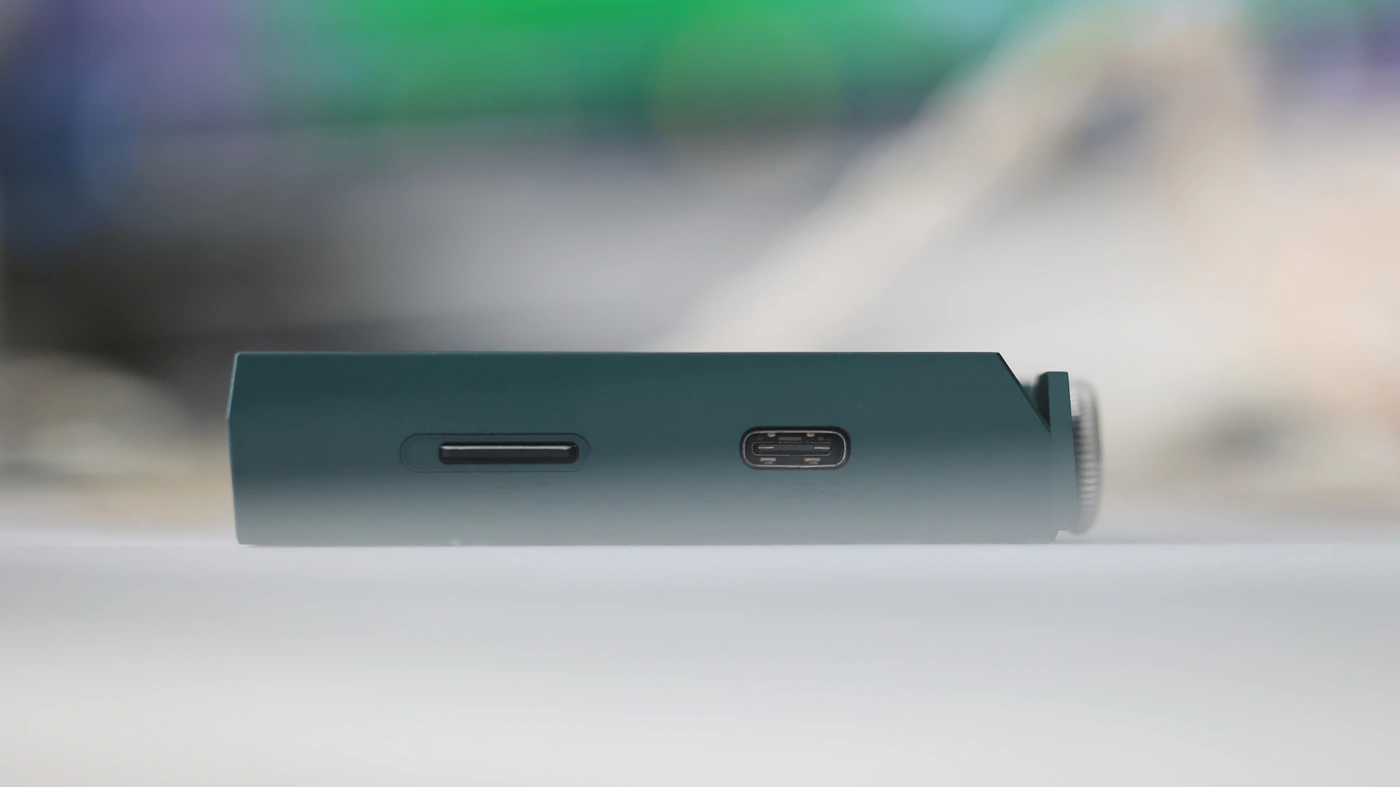
Dynamics / PRaT / Textures – The way a device responds to the impulse response will largely dictate how the textures will sound like and how dynamic the sound of that device will be, so it is fresh to hear a natural – strong dynamic range coming from DX180, and an organic, musical and pleasing texture presentation. Despite it having a natural impulse response, the texture presentation of DX180 is always free of distortion and edginess, you can hear pleasure and fun even with edgy square waves in electronic music, and even Gojira’s “L’Enfant Sauvage” is crispy, fun and enjoyable without the textures sounding harsh or fatiguing, and I’m listening with IE900 right now, so you can expect virtually any single IEM or Headphone to be free of fatigue, thanks to the way DX180 presents textures and how it handles loud and complex passages in both rock and EDM songs. Even listening to bands like Leningrad, which use trumpets and have a bright and harsh mixing / mastering, DX180 is able to keep things under control, without any harshness or grain, the sound being fluid and free of dryness or coarseness.
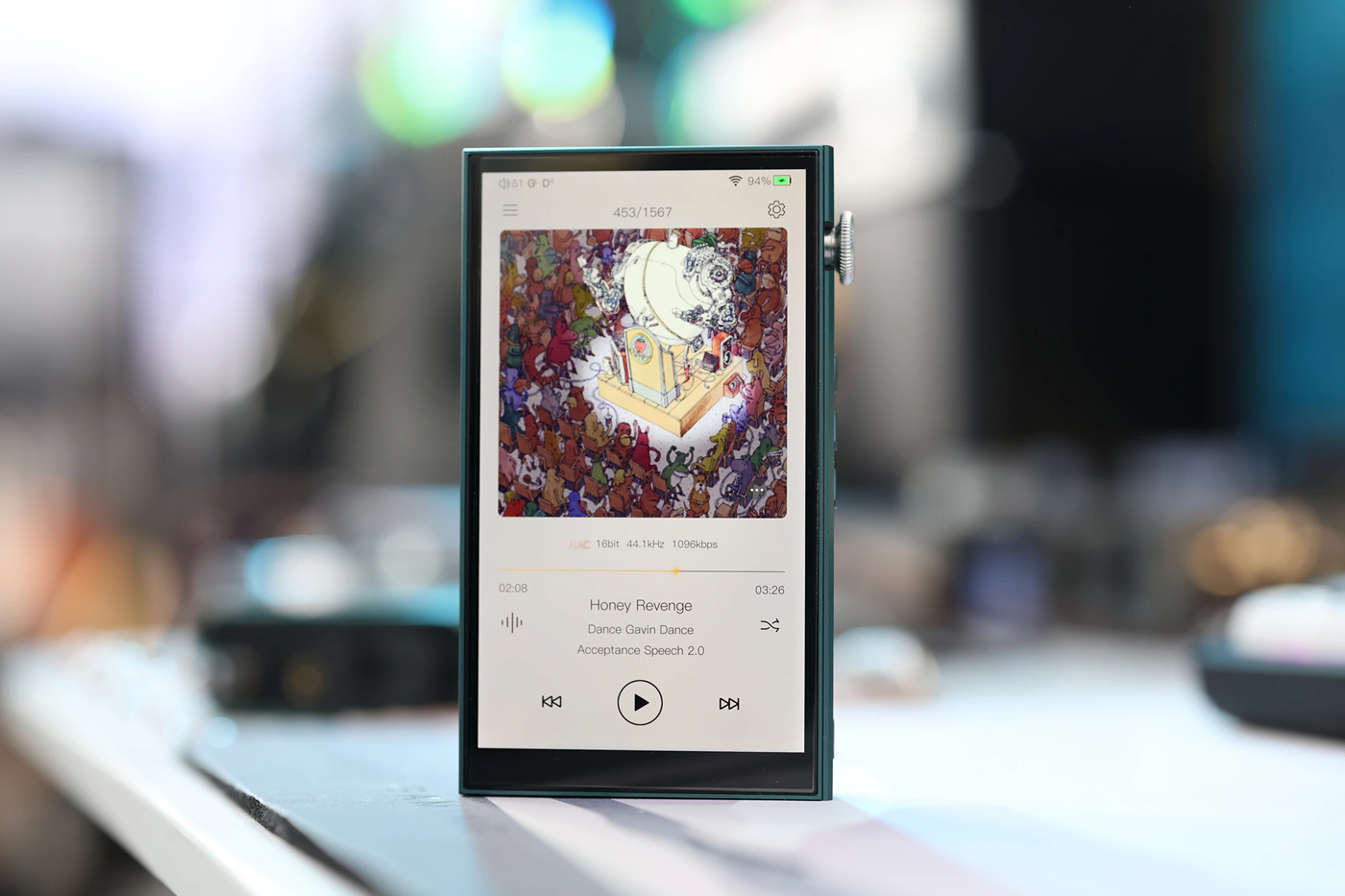
Volume Control – iBasso DAPs generally have excellent volume control, but as we are in the midrange, I was surprised to hear DX180 having not just perfect control over both IEMS and Headphones, but also doing a perfect job handling very hard to drive headphones like HIFIMAN Arya Organic, and HE1000SE with ease. Just for fun, I did a test with T+A Solitaire P-SE and DX180 was able to put quite the kick into them, but P-SE needs more power to feel adequately driven, but we will circle back to this with D16 and PB5. For a midrange DAP, DX180 has zero variation with volume, it stays as crisp, clean, controlled and revealing across all volume levels, IEMS and Headphones are both driven equally well, and I can finally award a more affordable DAP a perfect volume control award.
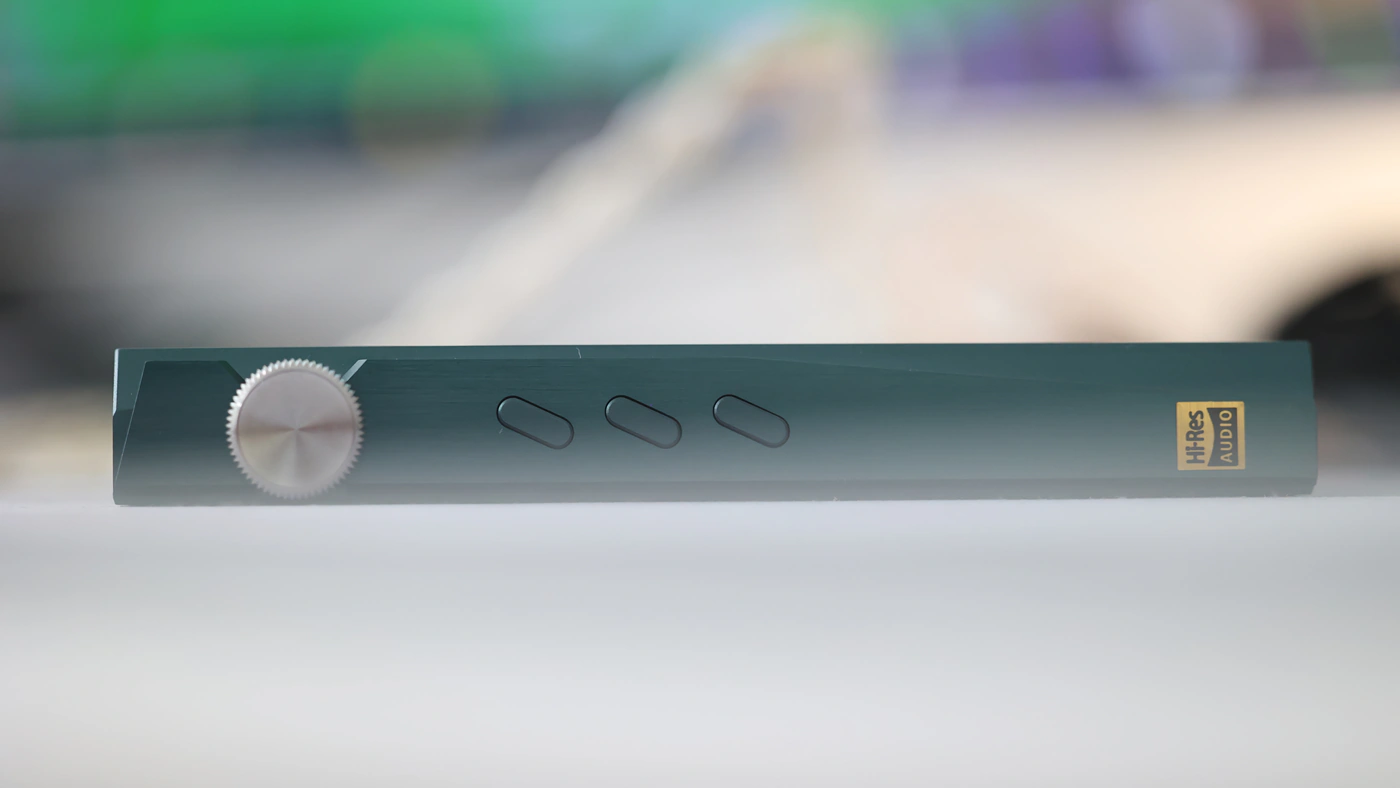
Soundstage – The soundstage is natural in width and depth, painting songs usually within a natural space, around the room, projecting each sound within a space that’s tangible and feels part of the room and environment, without sounding too intimate. Lead voices and lead instruments are generally projected ypo close and personal right in your face, with songs like “The Circus That Has brought Us Back To These Nights (Yo Chocola)” being an excellent example, as The Fall Of Troy generally projects instruments and effects wide and far, but DX180 shows a strong instrument separation and definition, yet it keeps each guitar note and drum kick defined, within your grasp, easy to define and clear. For bands like Om and their “Haqq al-Yaqin” song, thick and heavy, rich and bountiful bass guitar notes fill the entire soundscape, yet the distant eastern drums sound crisp and well defined, without any scattering or out-of-view project. Bass guitar leads this song, while voices take a middle ground, filling in the entire sound, accurate for the recording and mixing style of “Om”.
Comparisons
iBasso DX180 vs TempoTec V6 (529 USD vs 399 USD)
Build – Although TempoTec v6 has been out for years, it always felt like a good option and people keep recommending and purchasing it, so it is worth mentioning it. In the build quality, DX180 is far better, with a more pleasing design, much better battery life, and most importantly, much better streaming and app support. The display quality, and accessory quality, as well as button quality is far better on DX180, while V6 feels retro and like it was put together to stay on a budget, despite the difference in price not being that high. USB DAC has delay on V6, and it is not adequate for real time music playback or gaming, while DX180 has no perceivable delay and it is very good for real time video playback and gaming. Battery life is far longer on DX180, and dX180 has higher driving power for hard to drive headphones, and less noise with IEMs too, being the better all-around choice from a construction perspective.
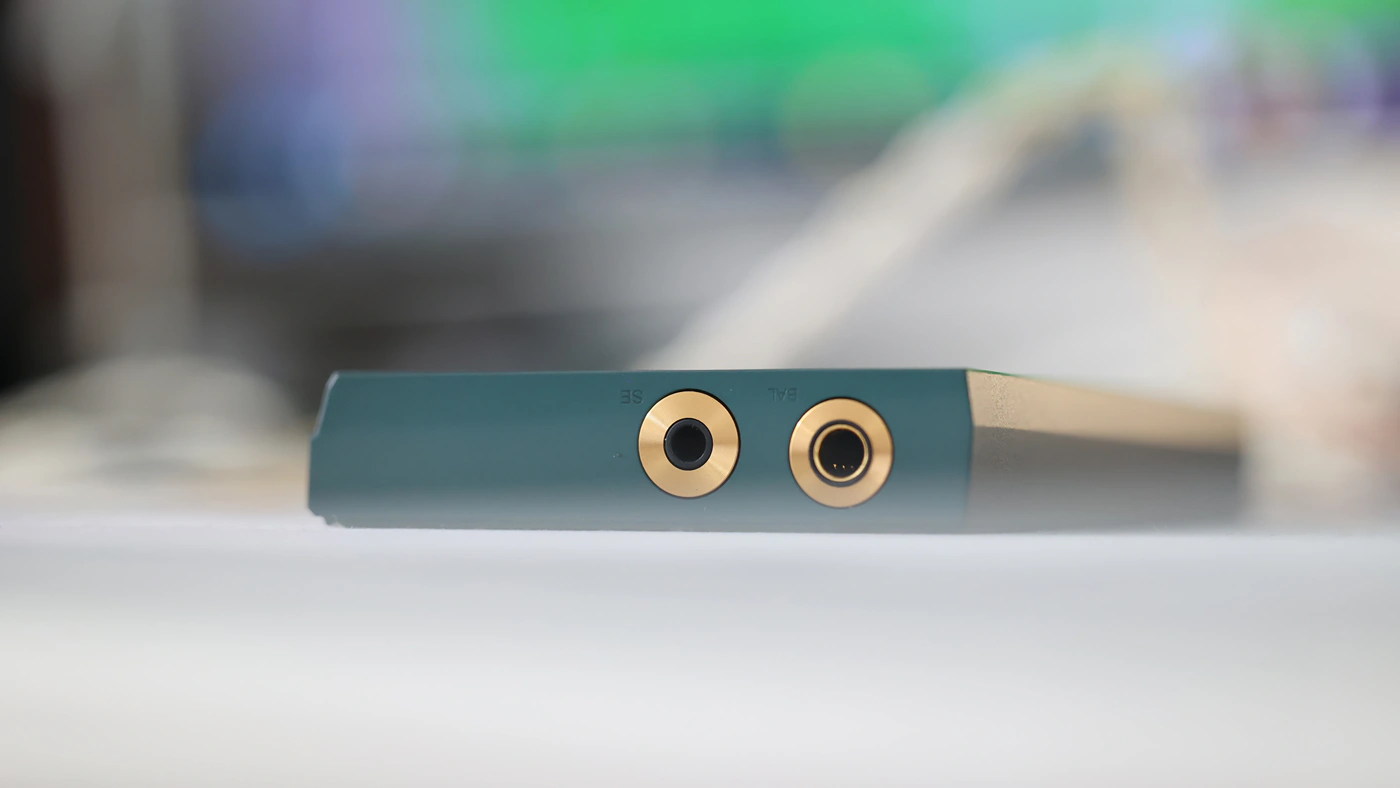
Sound – Music is the most important thing those DAPs can do, and V6 has been popular for its dynamic and punchy sound, but if you’re running a V6 you will be happy to hear that an upgrade is not that pricey, as DX180 offers an improved resolution, punchier and deeper bass, improved impact and a more rounded presentation. V6 has a smoother treble and smoother sound in general, while DX180 brings more details to the foreground, sounds a bit warmer in the midrange without coloring the sound, V6 is left behind in resolution and clarity. DX180 is awesome to excellent for all music styles, while V6 is currently super nice only if you have a pair of IEMs that is a bit too bright or harsh, as it can smooth them out, DX180 being the more sound choice for most customers.
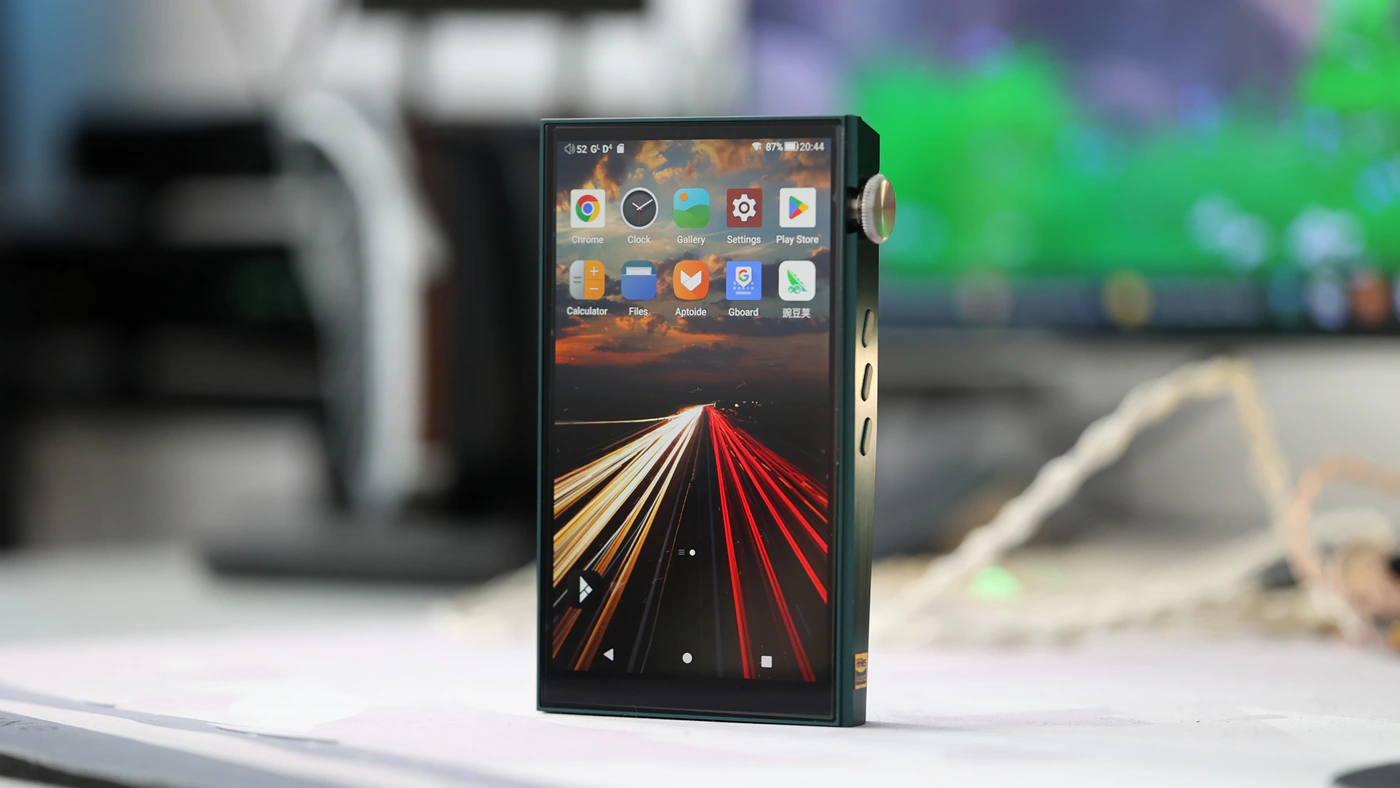
iBasso DX180 vs Shanling M3 Ultra (529 USD vs 469 USD)
Build – M3 Ultra is a tad smaller and feels more compact than DX180, but feeling them side by side, they are both portable DAPs, and neither isn’t quite as tall and sleek as DX320 or as chonky and large as Astell ACRO CA1000T. The display of both is colorful and crisp, but DX180 has a warmer tinge to the display, which makes it better for long hours of usage as there is less blue light coming from it. Physically, DX180 looks better, and on the inside it has a longer battery life, higher driving power, but the more important USB DAC mode works flawlessly on DX180, while it always has a bit of pause, stutter or delay with M3 Ultra. The CPU is similar, as M3 Ultra runs a competent Snapdragon 665, while DX180 is running the same 665 CPU, both offering a good performance of app support and streaming. I prefer the iBasso ecosystem, it is much smoother and better integrated compared to the Shanling Edict app and all the extras you use with it.
Sound – Sonically, the two are quite different, and the first thing you will notice is the much higher driving power DX180 has, as it has better control with hard to drive headphones, including HIFIMAN Arya Organic, HIFIMAN Ananda Nano or Sivga SV023. Both DAPs have excellent control with IEMS, but DX180 is completely silent, no background noise to be heard. The tuning and signature is different, with M3 Ultra sounding much thicker, more lush, smoother in the treble and just generally super warm and colored, while DX180 sounds much more open, snappier, more crisp, more dynamic and cleaner. DX180 has better resolution, but if you enjoy a warmer sound, M3 Ultra offers it. As the USB DAC function is not good on M3 Ultra, and as DX180 has an increased perceived resolution, it feels like an upgrade from M3 Ultra and it is the better purchase.
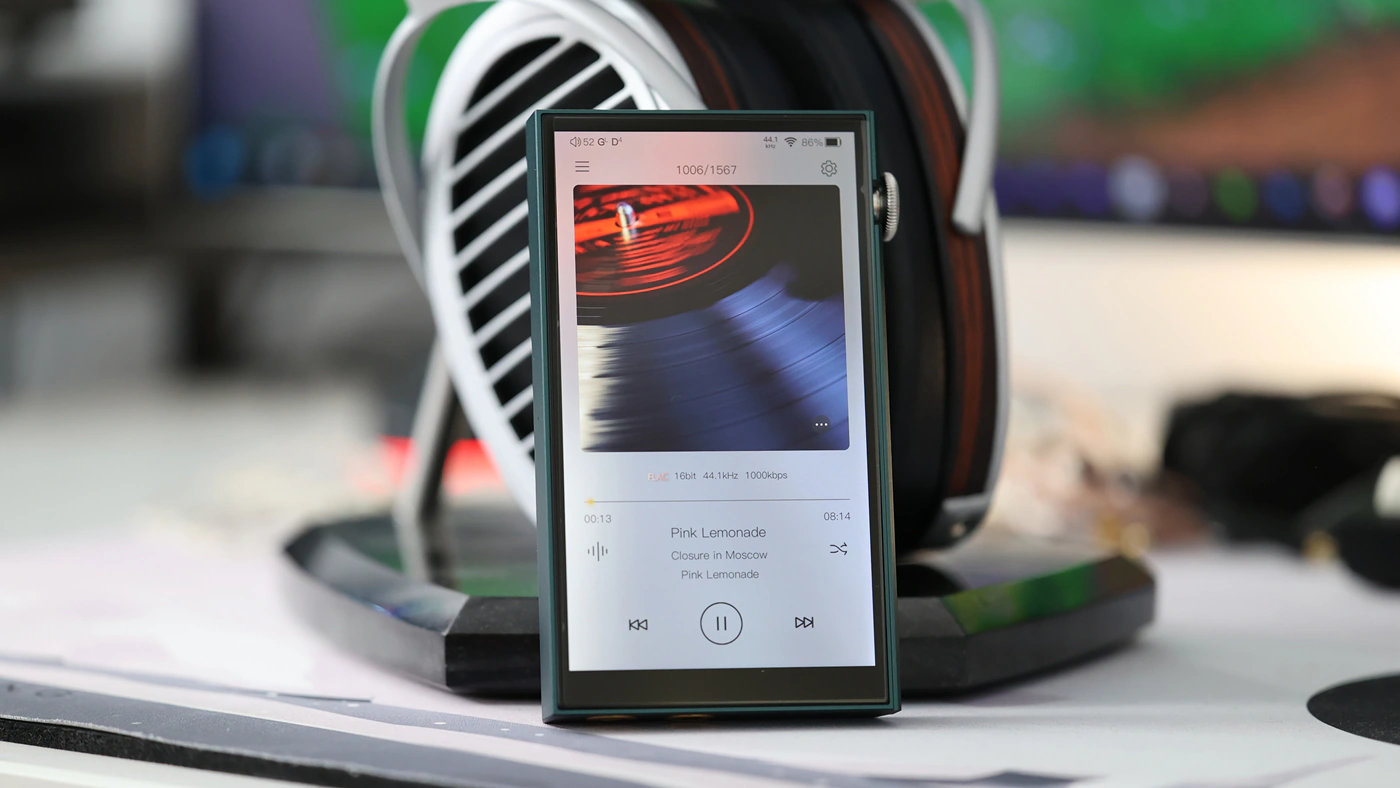
iBasso DX180 vs iBasso DX170 (529 USD vs 449 USD)
Build – This is not a hard one, but physically, the new DX180 is prettier, looks better made than DX170, although DX170 can still be kept alive as it features the same removable back design as DX180 does. The large and round buttons of DX170 are still pretty, and it held up nicely to actual usage, it has very few signs of usage, but DX180 makes it easier to stream music, the Wifi speed is a bit quicker, system is a bit more responsive, and Battery life in particular is longer. Although I keep my opinion that DAPs don’t necessarily need the quickest CPU, DX180 can be much better for Tidal, Youtube, Spotify and even for local music. The USB function is great on both, but DX180 allows for the new NOS filter to be selected in both music playback and DAC mode which is super fun and brings a little new feature to the DX1XX series of DAPs.
Sound – Soonically, the tuning went from a warmer, smoother sound, to a more energetic approach, with better dynamics, higher resolution and improved quality, as DX180 improves on everything that was likable about DX170, but makes things better. Even the soundstage is wider and more holographic, treble has a bit of extra crispness and sparkle, while bass is more controlled and can go lower with better control. I enjoy all music styles a bit more, and if you already have DX170 you’ll likely feel like DX180 is a considerable upgrade sonically.
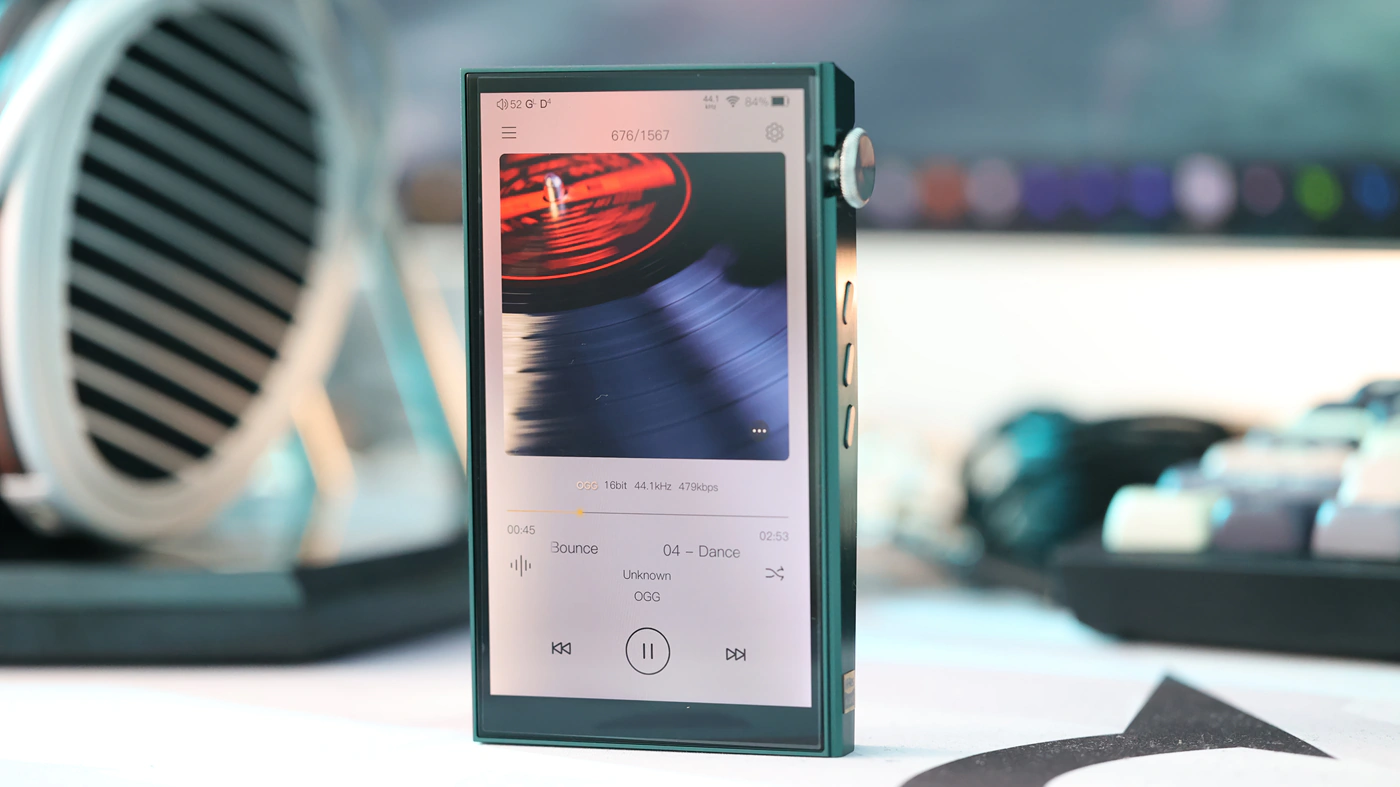
iBasso DX180 vs Hiby R6 III (529 USD vs 499 USD)
Build – Built from the same metal, glass and exotic elements combined with carbon inside the resistors, both DAPs look great at first sight, but the wheel and control implementation of the DX180 is more natural in my hand. The software of both DAPs is quite good, as I actually use Hiby music on my phone, but Mango app generally has a slightly more advanced implementation of the Parametric EQ, and the USB DAC function of DX180 is a bit snappier, allows for all the digital filters to be changed on-the-fly, and having he inputs and the outputs on opposite sides actually makes more sense for me, as I use the USB DAC function quite a lot. DX180 has a more advanced Android 13 OS, Streaming is smoother, Wifi Signal a bit stronger, and the OS operation is better than with R6 III, but both are equal most of the time between themselves, and equal to a smartphone running a similar CPU. The display of DX180 has a warmer white tone, can get much brighter, and battery life is longer than that of R6 III. Overall, DX180 is a bit smaller in size, but a bit quicker and better in the operation. The USB DAC function of DX180 has zero Delay, and it is fit for real time playback of video files, playing games and anything else in between.
Sound – When purchasing DAPs around this price point, the raw sonic performance matters far more than the operating system, and R6 III has a fairly warm, strong and slightly overdriven sound that dominates everything, this causing textures to be slightly edgy and hard, with a strong preference for hard and loud sounds, and less refinement and control at lower volumes. In stark contrast, DX180 is more musical, more fluid, has a more pleasing tonality in the midrange, a more natural impulse response, and despite it having a higher driving power, it also has less distortion and better control. R6 III is great, but dX180 is a bit newer, a bit pricier, sounds a bit more controlled, more natural and has a punchier bass.
Value and Conclusion
I generally start writing a review with certain expectations, but with iBasso I always expect the new product to be around as good as the old one, but the company always far exceeded my expectations, with DX180 being the perfect example of this. We gained a much better sonic experience compared to the previous DAP in the line, improved streaming, improved operating system, the new Mango app works even better, USB DAC function with no USB DAC delay, multiple filtering options including a NOS filter, and a beautiful design, so pretty that DX180 will tempt you take it with no case on.

Before the end of the review, the performance is so high, and the quality of the materials used, and each aspect of DX180 si awesome and downright excellent that I will be adding it to the Audiophile-Heaven Hall Of Fame, every single thing about DX180 makes it worthy of this award and it is hewed in our wall as the most recommended DAP of this year for the midrange price segment.
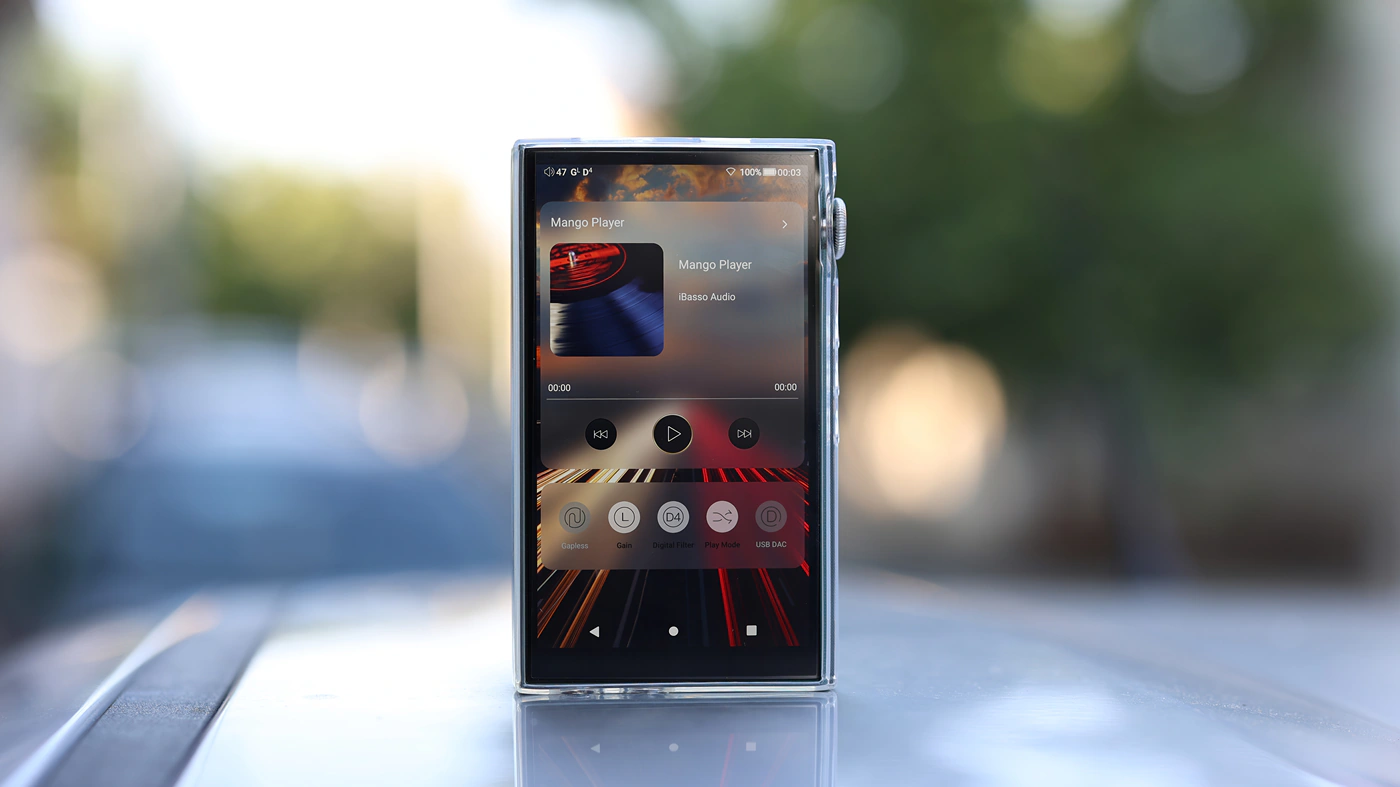
At the end of the day if you’re looking for perfection, look no further, for your eyes shalln’t feast on any other brighter shining jewel than iBasso’s DX180, and especially in this shivering blue color, DX180 is worthy of being called beautiful, not just in skin, metal and glass but also in sound, rhythm, operation and ultimately in music.
Product Link
Amazon – https://amzn.to/4dM8q7N
Aliexpress – https://s.click.aliexpress.com/e/_DBLCs8J
--- Please remember to stay safe, and always have fun while listening to music!---
- If you have a dime to spare, please donate, and help us! It would make the day brighter for me and my wife-
Full Playlist used for this review
We listened to more songs than those named in this playlist, but those are excellent for identifying a sonic signature. I recommend trying most of the songs from this playlist, especially if you’re searching for new music! The playlists are different for Spotify, Tidal and Youtube, and based on the songs I enjoy and are available on each!
https://www.youtube.com/playlist?list=PL_cjBXGmwSHSdGcwuc_bKbBDGHL4QvYBu
https://open.spotify.com/playlist/5J3oloz8Riy9LxEGenOjQ0?si=979ba4f082414be7
https://tidal.com/browse/playlist/330fd544-8e5b-4839-bd35-676b2edbb3d5
--- Contact Us ---





